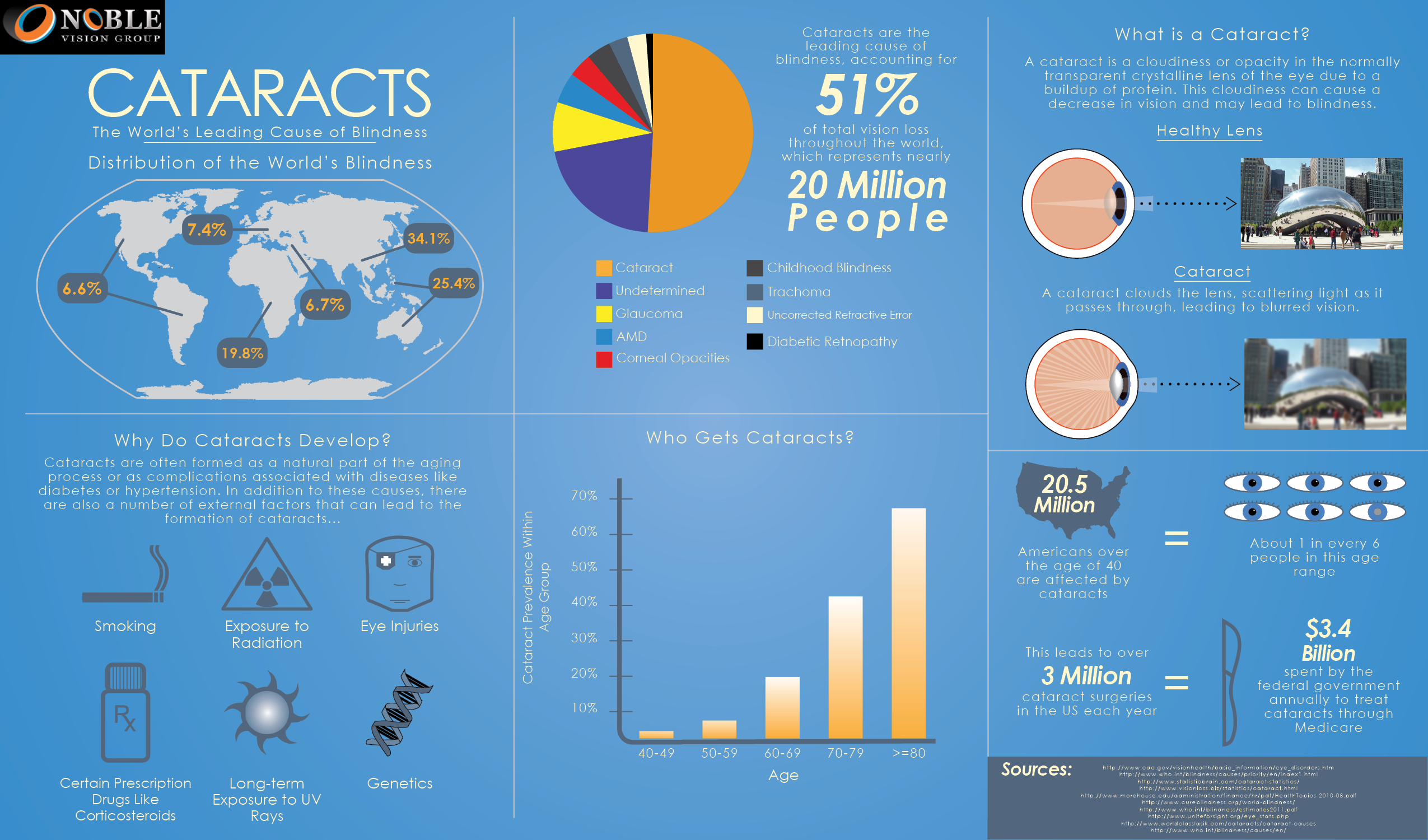Discover A Fascinating Exploration Right Into The Background Of Cataract Surgery Methods That Are Transforming The Area Of Eye Wellness
Discover A Fascinating Exploration Right Into The Background Of Cataract Surgery Methods That Are Transforming The Area Of Eye Wellness
Blog Article
Material By-Gillespie Whitfield
As you explore the evolution of advanced cataract surgical treatment strategies, you'll witness a journey marked by ingenuity and precision. From ancient techniques that led the way for contemporary innovations to advanced technologies that are reinventing the field, the extensive overview of cataract surgical treatment techniques is a testimony to human development and devotion to enhancing person end results. The elaborate interplay in between historical methods and advanced innovations produces an appealing narrative that clarifies the advancement of among the most typical operations worldwide.
Historic Strategies and Developments
Explore just how early surgeons revolutionized cataract treatment by employing cutting-edge techniques and tools. In the past, cataract surgical procedure was a high-risk and excruciating procedure. Nonetheless, old Indian physicians were among the first to attempt medical treatments for cataracts, using a technique called 'couching' where a sharp instrument was utilized to press the cataract back into the eye. https://ricardogcwqm.worldblogged.com/36160261/is-advanced-lasik-eye-surgical-treatment-right-for-you-find-out-here , though crude by today's criteria, prepared for future advancements in cataract surgical treatment.
As over here advanced, Arab physicians made substantial contributions by establishing specialized needles for cataract removal. These needles were made use of to penetrate the cataract and then extract it from the eye, noting a considerable improvement in surgical precision.
Later on, in the 18th century, the French surgeon Jacques Daviel originated the strategy of extracapsular cataract extraction, where the whole lens was removed undamaged with a larger incision. This marked a major innovation in cataract surgery methods, leading the way for the modern procedures we use today.
Modern Surgical Approaches
Early methods in cataract surgery have actually advanced considerably, resulting in the growth of contemporary medical techniques that prioritize accuracy and enhanced person outcomes. Modern cataract surgical procedure currently commonly involves a procedure called phacoemulsification, where an ultrasonic tool separate the cataract for elimination through a tiny laceration. This strategy allows for quicker recovery and decreases the threat of complications contrasted to older techniques.
Additionally, using https://dantehcwrl.blogdanica.com/30190679/life-after-laser-vision-correction-what-to-anticipate-and-also-exactly-how-to-preserve-results (IOLs) has actually revolutionized cataract surgical procedure results. These lenses can remedy not only the cataract but also other refractive errors like astigmatism, reducing the need for glasses post-surgery.
Surgeons today also have accessibility to innovative imaging innovations that aid in specific preoperative preparation and intraoperative decision-making. Optical comprehensibility tomography (OCT) and other imaging modalities offer detailed images of the eye's structures, permitting a more tailored method per patient's surgical treatment. With these innovations, contemporary cataract surgical procedure strategies continue to boost, providing patients much safer treatments and much better aesthetic results.
Emerging Technologies in Cataract Surgery
With advancements in technology changing the field, cataract surgery is witnessing the assimilation of innovative techniques for improved patient results. Emerging technologies in cataract surgical procedure are improving the landscape of ophthalmic procedures. One such advancement is femtosecond laser innovation, which allows for precise corneal lacerations, capsulotomies, and lens fragmentation, causing enhanced surgical precision and outcomes.
Additionally, intraoperative aberrometry is gaining appeal, making it possible for real-time dimensions of refractive errors during surgery to boost intraocular lens power estimations and reduce postoperative refractive surprises.
In addition, using sophisticated imaging technologies like optical coherence tomography (OCT) and intraoperative wavefront aberrometry help doctors in precise surgical planning and implementation. 2 weeks after cataract surgery provide in-depth anatomical details and help customize medical strategies for each individual's unique eye qualities.
Furthermore, developments in expert system are being discovered to aid in preoperative planning, intraoperative decision-making, and postoperative treatment, possibly enhancing medical results and patient contentment. Welcoming these emerging technologies in cataract surgical procedure holds promise for additional enhancing individual outcomes and guaranteeing the proceeded development of ocular surgical techniques.
Conclusion
As you trip through the history of cataract surgical treatment, you witness the transformation from old techniques to advanced modern technologies. Like a phoenix az increasing from the ashes, cataract surgical treatment has actually evolved right into a sign of hope and development.
Just as a caterpillar emerges from its cocoon as an attractive butterfly, cataract surgical procedure has actually thrived into a refined art type, offering clients more clear vision and a brighter future.
The advancement proceeds, shining a light on unlimited opportunities.
